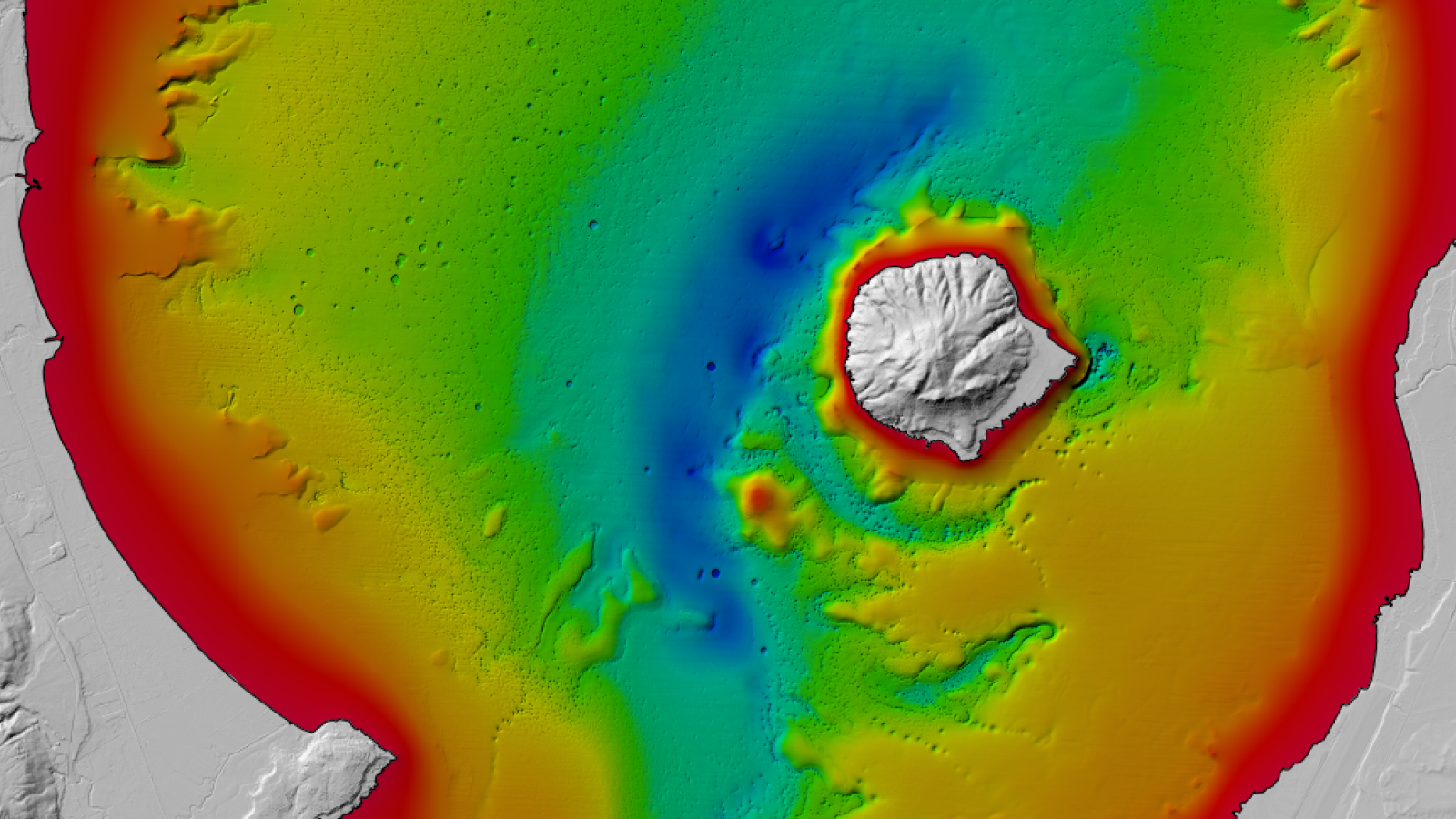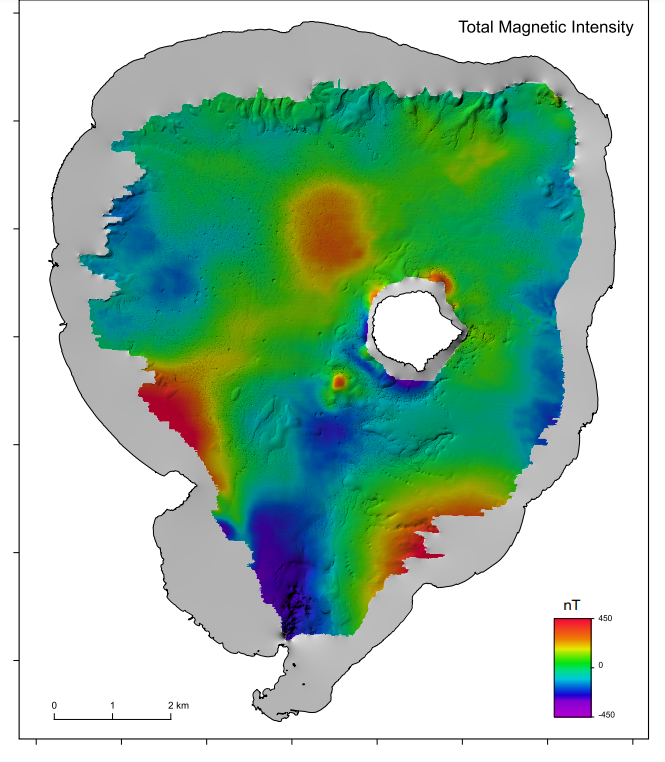Major 'magnetic anomaly' discovered deep below New Zealand's Lake Rotorua
Lake Rotorua, which sits at the heart of a dormant volcano and is the setting for one of New Zealand's most famous Māori love stories, has been mapped in detail for the 1st time.

New maps have revealed a hidden hydrothermal system beneath a legendary lake in New Zealand, which serves as the setting for a famous Māori love story.
Lake Rotorua sits at the heart of a massive ancient crater of a dormant volcano on New Zealand's North Island. The lake has a storied history: it is where the daughter of an influential chief is said to have overcome forbidden love by swimming across the lake to be with a young warrior.
The Rotorua area is also well known for hydrothermal activity, with the Tourism New Zealand website stating that clouds of steam drift around the lake's shore, and that sulfur gives a "magical green-blue" color to the water.
Researchers at GNS Science, a research institute in New Zealand, have now mapped Lake Rotorua's floor in never-before-seen detail, revealing eruption craters, an ancient river and a large magnetic anomaly in the southern part of the lake. These new maps prove for the first time that Rotorua's mainland hydrothermal systems extend into the lake's hidden depths.

Cornel de Ronde, a principal scientist at GNS Science, told Live Science that seeing the maps was like wearing glasses for the first time when you didn't realize you needed them. "You finally put those glasses on, and you can see the fine print," he said.
Related: Over half of the world's largest lakes and reservoirs are losing water
The maps cover 21 square miles (55 square kilometers), which is around 68% of the lake's floor, according to a statement released by GNS Science. The Royal New Zealand Navy collected some of the data, mapping the lake floor's physical features using a multibeam echo sounder — a type of sonar. They also carried out magnetic surveys, which revealed the magnetic anomaly.
Sign up for the Live Science daily newsletter now
Get the world’s most fascinating discoveries delivered straight to your inbox.
"Normally with volcanic rocks, when you run a magnetometer over the top of them, you get very positive anomalies, but in this case we're getting negative anomalies, likely due to very low magnetic susceptibilities," de Ronde said.

Volcanic rocks typically contain the highly magnetic mineral magnetite, but in Lake Rotorua, researchers believe hydrothermal fluids have passed through the rock and transformed the magnetite into pyrite, or fool's gold, which has almost no magnetic signal. This hydrothermal process would severely diminish the magnetic signal and explain the negative anomaly.
The researchers also found other evidence of hydrothermal activity in the same general area as the magnetic anomaly. A heat flow map shows heat, which is probably hot water, rising up to the lake floor from beneath. Craters are also visible in this same region, which de Ronde noted are likely hydrothermal eruption craters.
Despite all of this activity, water temperatures near the bottom of the lake are usually around a cool 57 degrees Fahrenheit (14 degrees Celsius), according to de Ronde. That's because the lake is so large that there's enough cool water to counteract heat coming up from below, and the temperature only fluctuates by around 1.8 degrees F (1 degree C) over a month.
"Nobody swimming in the lake would notice it, but with instrumentation, we do," de Ronde said.
Editor's note: Updated at 5:46 p.m. EST to note that the hydrothermal process would severely diminish the magnetic signal, not flip it, as had been previously stated.

Patrick Pester is the trending news writer at Live Science. His work has appeared on other science websites, such as BBC Science Focus and Scientific American. Patrick retrained as a journalist after spending his early career working in zoos and wildlife conservation. He was awarded the Master's Excellence Scholarship to study at Cardiff University where he completed a master's degree in international journalism. He also has a second master's degree in biodiversity, evolution and conservation in action from Middlesex University London. When he isn't writing news, Patrick investigates the sale of human remains.










